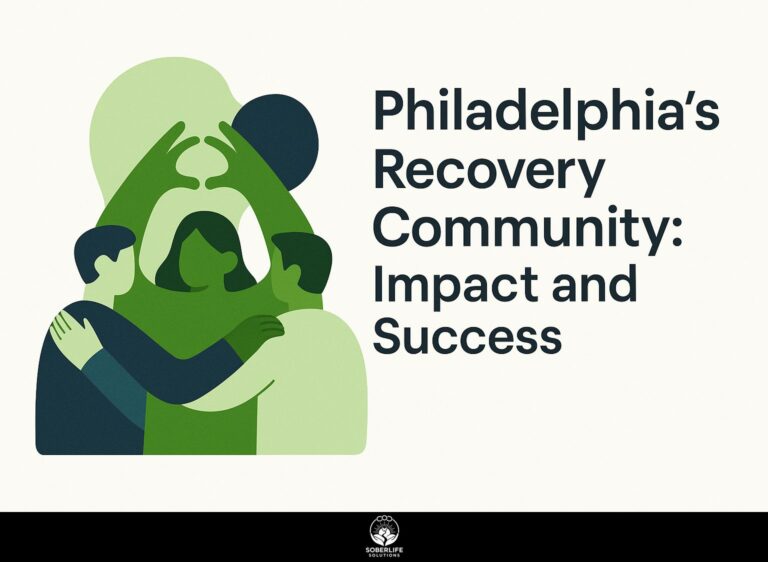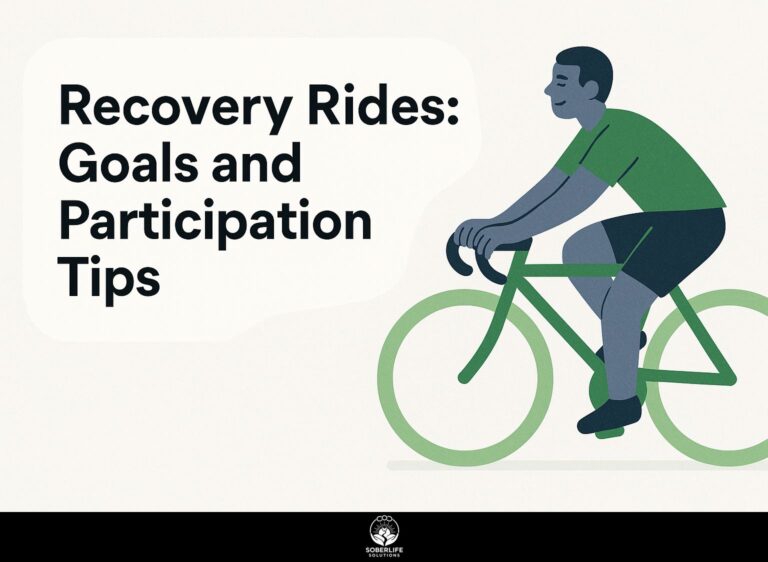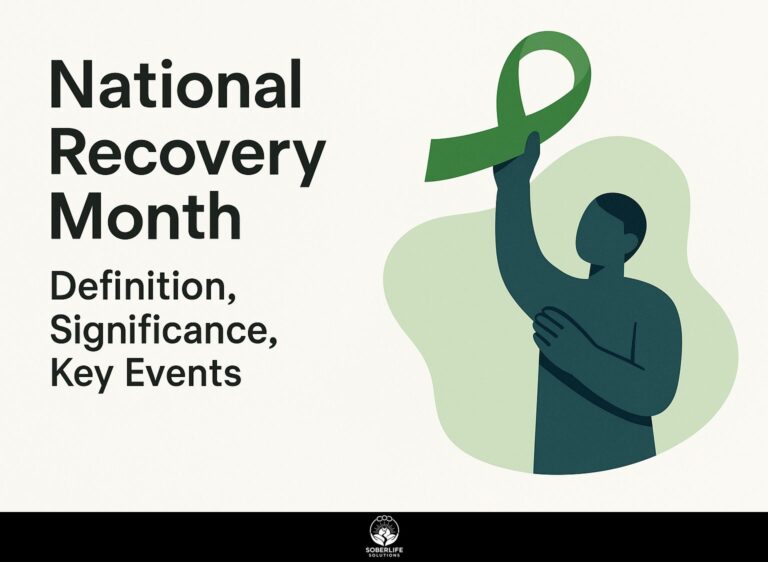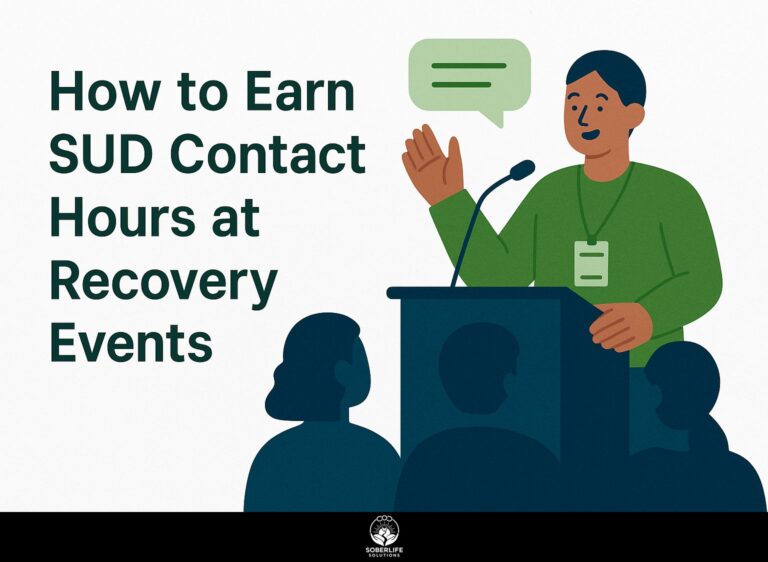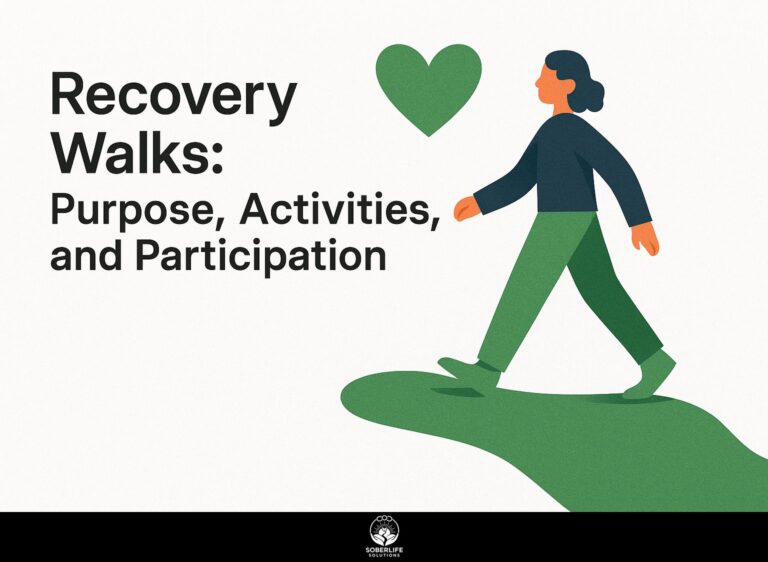Peer Listening Series: Impact on Recovery Communities
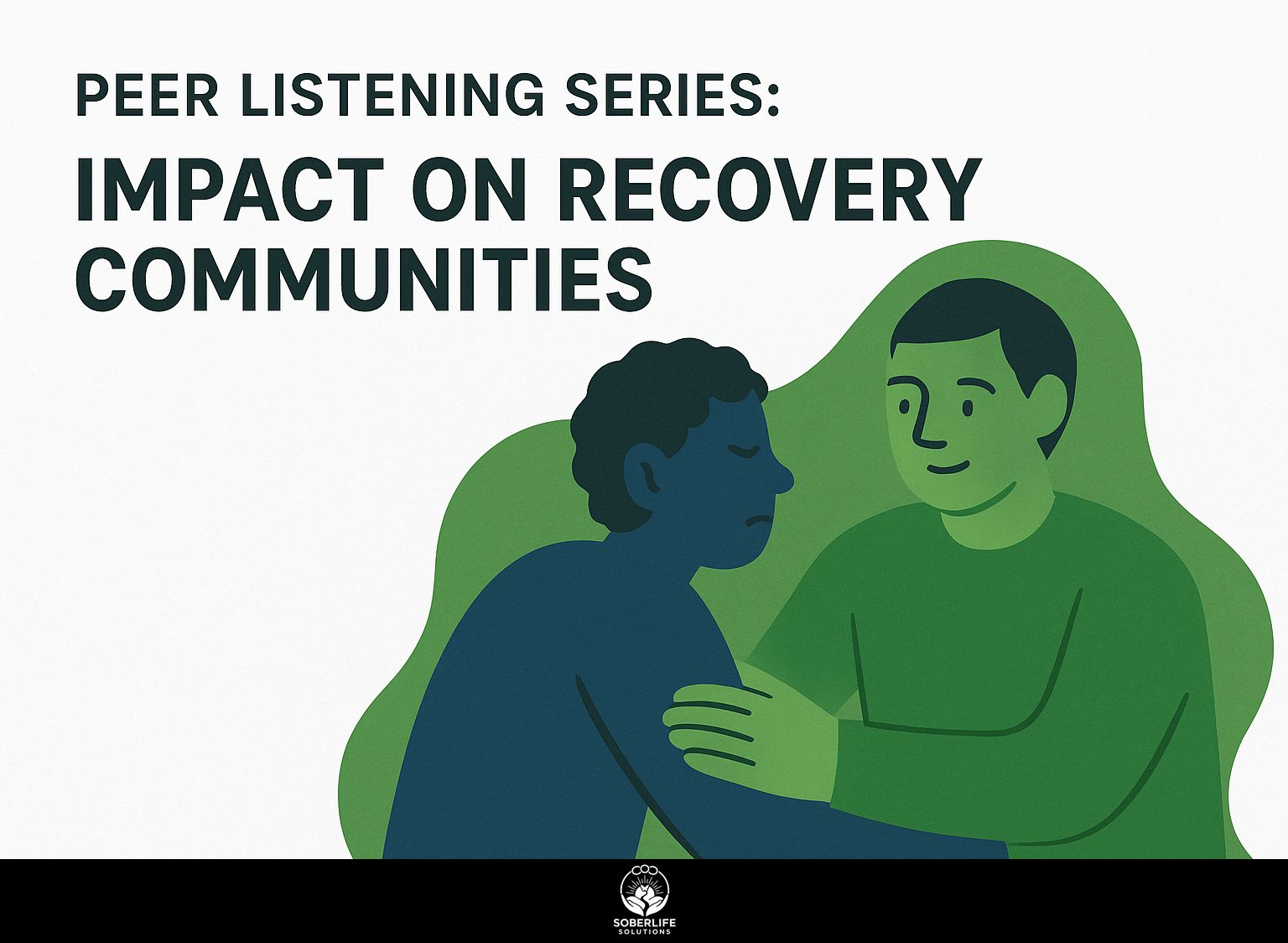
Introduction to Peer Listening Series Have you felt truly listened to during your hardest times? In addiction recovery, peer support that involves active listening can change the recovery process for people struggling with substance use. This series uses traditions from Alcoholics Anonymous, practices supported by SAMHSA, and ideas from recovery advocate Henna to show how shared experiences create stronger communities. Learn about the real effects on emotional health, relationships, and skill development to guide your next steps.
Key Takeaways:
Definition and Core Concepts
Core concepts of peer listening center on individuals with lived experience in addiction recovery serving as hope brokers, sharing personal stories to inspire and guide others through similar substance use struggles.
Peer support means mutual help, where people share encouragement based on experiences they have in common to build strength.
Lived experience means direct knowledge from personal experiences with achieving sobriety. It gives real details on relapse causes and ways to handle them.
The hope broker role involves instilling optimism by highlighting achievable milestones.
In Alcoholics Anonymous meetings, for instance, members like John sharing his 5-year sobriety story amid job loss builds initial connections, reducing isolation for newcomers.
To establish these in a group session, allocate 15-20 minutes for introductory shares and reflections. Avoid the common mistake of assuming all lived experiences translate universally-tailor discussions to individual contexts for relevance.
Overview of Recovery Communities
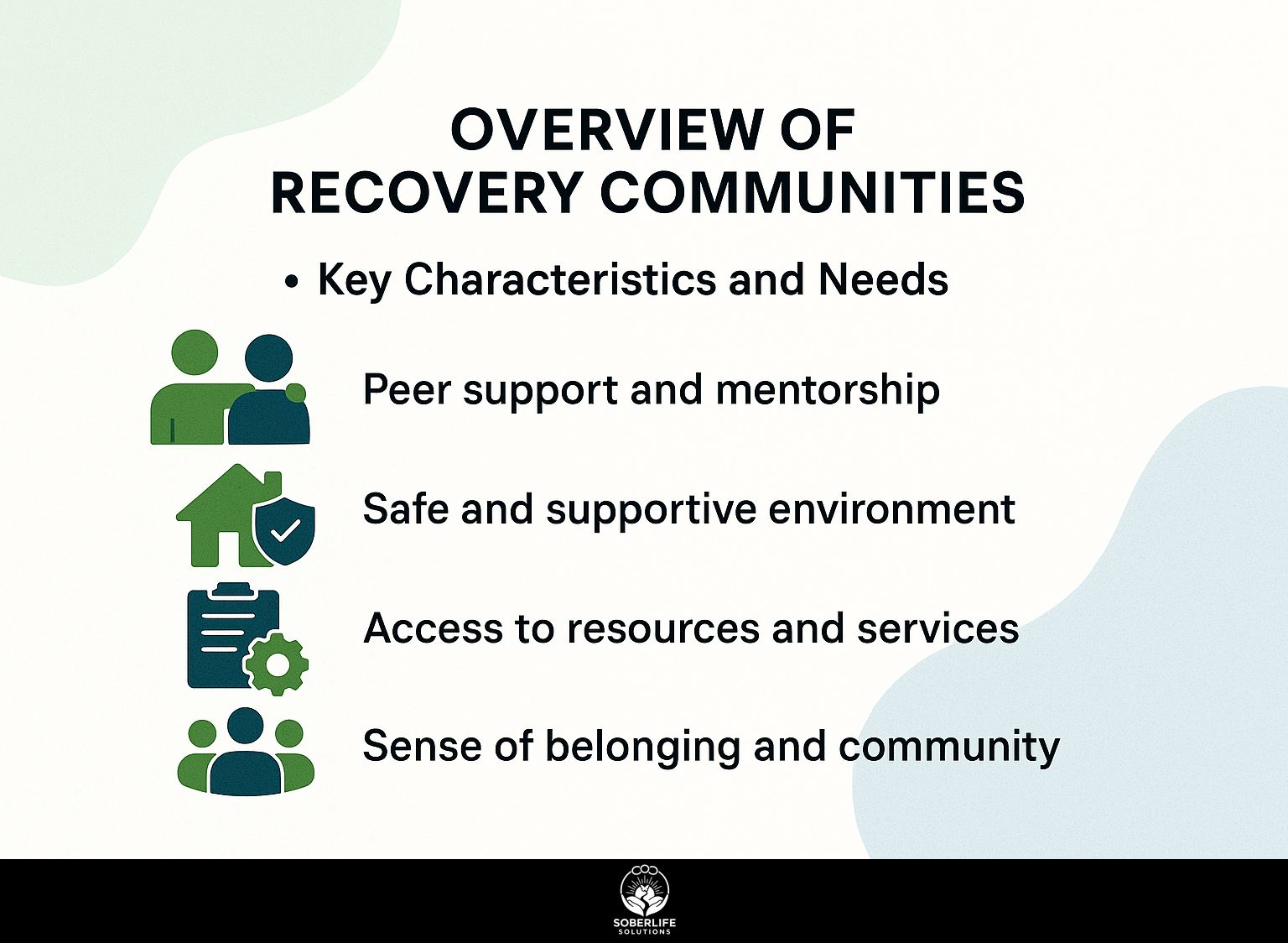
Groups like Alcoholics Anonymous and Narcotics Anonymous make up the main support for people dealing with substance misuse. They provide organized settings where members go through recovery as a group (our guide to A.A. meeting formats, including open vs. closed options covers key differences and benefits).
Key Characteristics and Needs
Recovery communities thrive on non-judgmental environments and strict trust confidentiality, key to fostering community integration and advancing Recovery-Oriented Systems of Care (ROSC).
To identify strong community characteristics, follow these numbered steps:
- Assess non-judgmental spaces by reviewing anonymous attendance policies, such as those in Narcotics Anonymous guidelines, which allow participants to share without fear.
- Protect privacy with rules based on HIPAA, such as contracts that ban sharing information.
- Promote integration via inclusive events, such as joint recovery workshops with diverse cultural groups.
Do a needs check with data points.
For example, SAMHSA data shows 70% of members report more involvement in groups that match ROSC.
Avoid the common mistake of overlooking cultural barriers, which can hinder true integration-address them by tailoring events to participants’ backgrounds for equitable participation. For context, SAMHSA’s Recovery-Oriented Systems of Care (ROSC) Resource Guide explores the foundational principles and practical strategies for building these supportive frameworks.
Fundamentals of Peer Listening
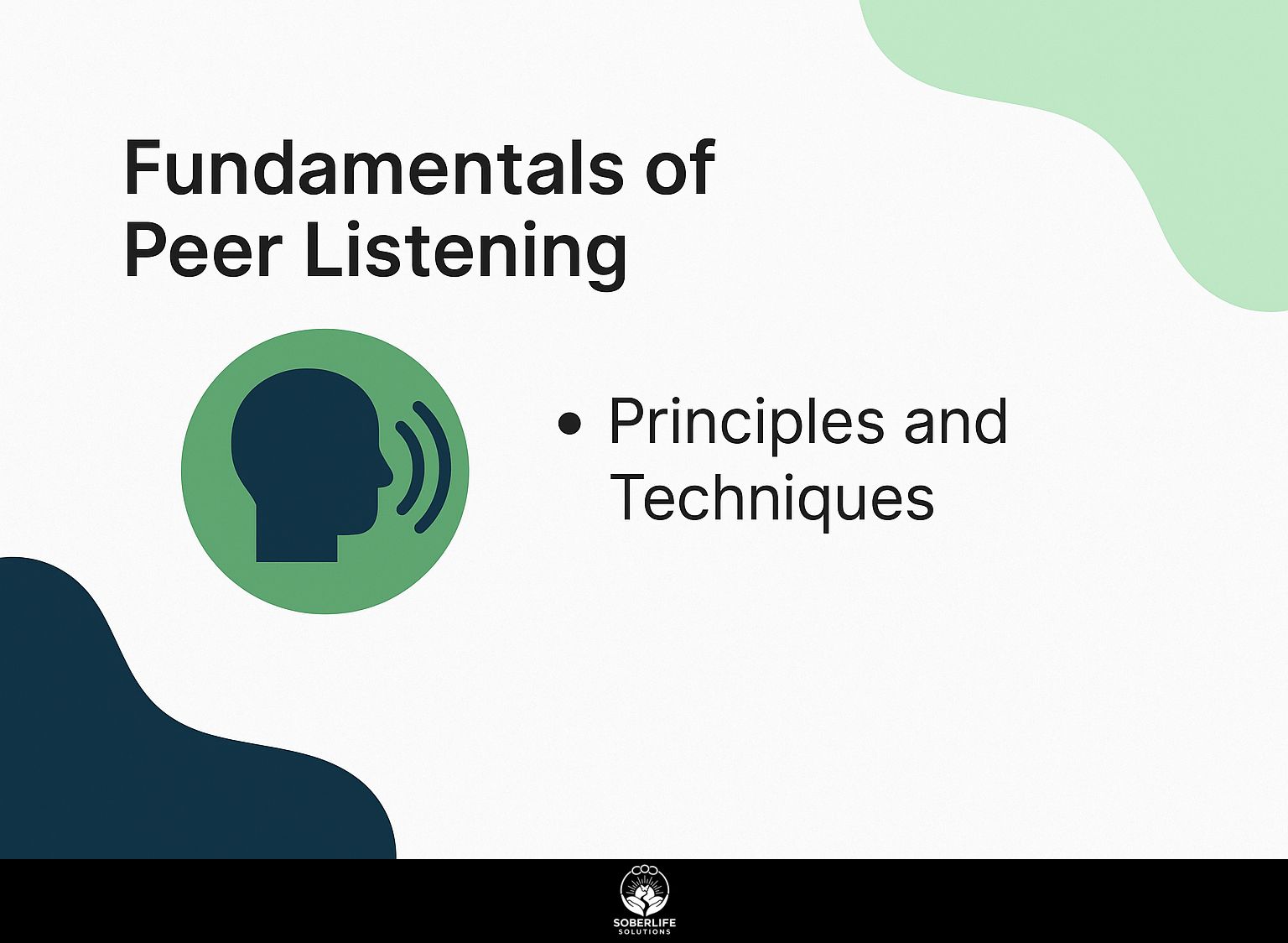
The basics of peer listening include active and helpful methods made for recovery coaching, principles that align closely with the core values explored in Ethics in Peer Support: Core Values and Applications. These methods help people stay sober.
Principles and Techniques
Key principles include mutual empathy to build self-efficacy, with techniques like reflective questioning to teach coping skills during mentorship guidance sessions.
To apply these principles effectively in 20-30 minute sessions, follow these numbered steps:
- Build shared empathy in a 5-minute warm-up by reflecting emotions-for example, if a mentee talks about feeling anxious about relapsing, say “It sounds like that’s really hard for you” to create a connection.
- Use goal-setting activities from recovery coaching books, such as those from the American Psychological Association, to build self-efficacy. These activities use SMART goals, meaning Specific, Measurable, Achievable, Relevant, and Time-bound. The goals connect to everyday events.
- Teach coping skills through role-play scenarios, like simulating handling cravings with deep-breathing techniques (inhale for 4 counts, hold for 4, exhale for 4). Don’t take over talks by speaking too much; instead, lead with questions that encourage the person you’re mentoring to share their own thoughts.
Direct Impacts on Emotional Well-Being
Peer listening directly boosts emotional well-being, reducing psychological effects of substance misuse by 40% in sobriety-focused groups, per behavioral health studies.
SAMHSA reports further highlight peer support’s role, linking it to 25% lower depression rates in mental health outcomes for those in recovery.
Consider a real scenario: a participant attending weekly Alcoholics Anonymous meetings gained emotional stability after six months, sharing experiences and receiving empathetic feedback, which helped manage triggers without professional intervention.
This approach offers strong ROI-for instance, free peer groups can save $5,000 annually compared to individual therapy costs.
Key impacts include:
- reduced anxiety through shared coping strategies,
- helps keep moods stable with regular validation
- and improved sobriety maintenance by building a supportive network that encourages accountability.
For a deeper exploration of these benefits, our article on Peer Support Networks: Importance for Recovery examines their structure and long-term effects in detail.
Enhancing Social Connections in Recovery
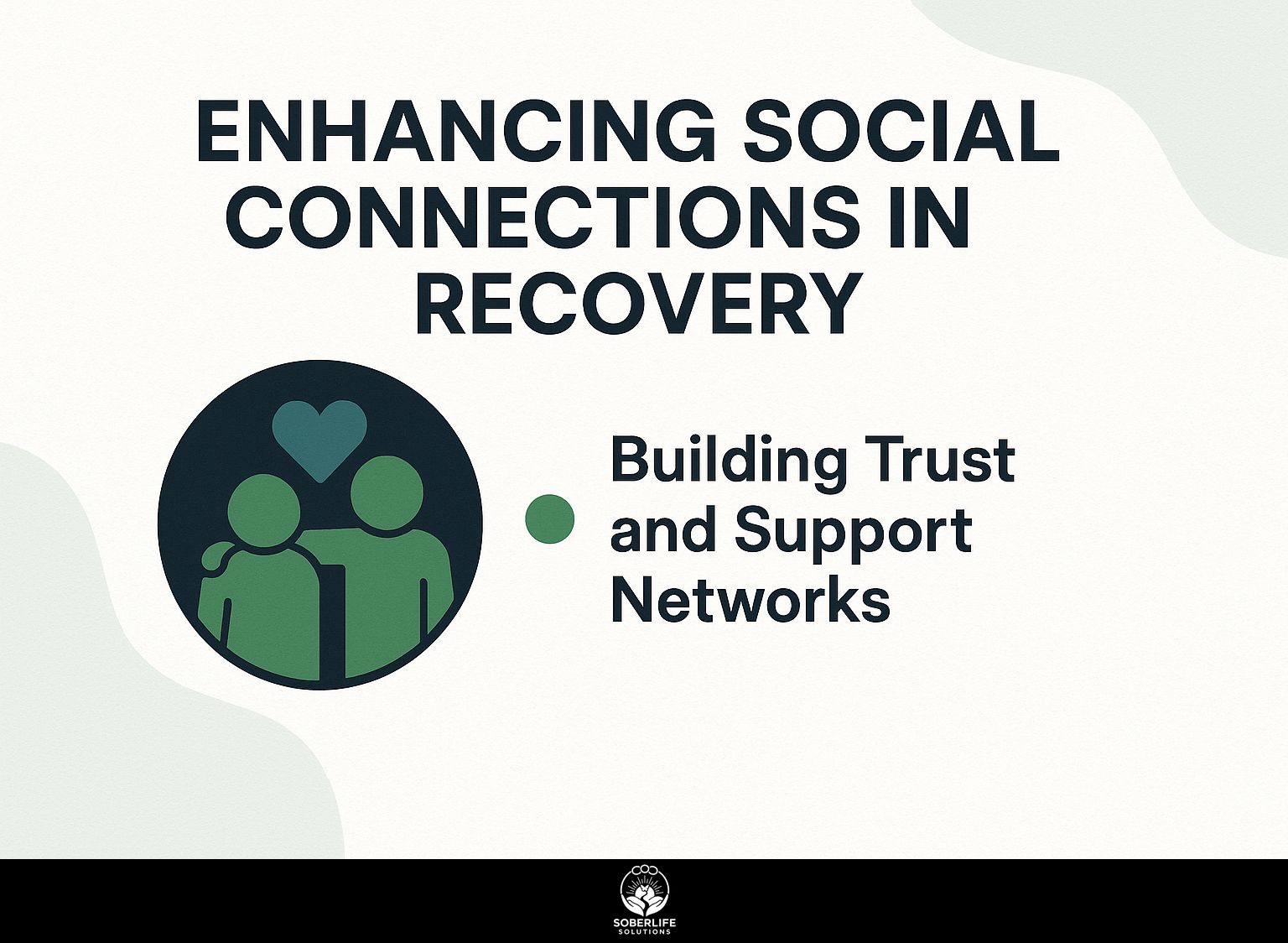
Enhancing social connections through peer listening, such as in peer support networks, strengthens recovery by cutting relapse rates by 30% and improving treatment retention in community settings.
Building Trust and Support Networks
Building trust starts with consistent supportive listening, creating networks that provide advocacy resources and lower relapse rates to under 20% in engaged groups.
To build these networks effectively, follow these numbered steps.
- Initiate trust with icebreaker activities, such as sharing personal recovery stories in a 10-minute group circle, fostering immediate connection.
- Offer advocacy resources like curated referral lists to local services, including counseling from organizations like SAMHSA.
- Monitor relapse prevention via weekly follow-up check-ins, using tools like shared progress journals.
A common mistake is rushing connections without assessing needs, as seen in Narcotics Anonymous buddy systems where mismatched pairings increased isolation-always start with individual intake surveys.
Research from the National Institute on Drug Abuse supports these methods, showing structured support reduces relapse by up to 40%.
Skill Development Through Listening
Listening in peer support builds skills that increase treatment satisfaction by 35% and improve recovery results through stronger peer connections.
To develop these skills well, include specific practices in your peer support routine.
- Begin weekly active listening exercises: pair up and take 5-minute turns with a timer, pay attention only to the speaker and do not interrupt, then repeat their words in your own to check you heard them correctly-this improves empathy, as seen in recovery programs.
- Next, build communication via feedback loops in group sessions, like structured check-ins where participants rate interactions on a 1-5 scale for clarity and support.
- Do this every day by writing in a journal with questions like “What did I hear today that changed my view?”
Studies from the Substance Abuse and Mental Health Services Administration (SAMHSA) indicate 80% of participants report sustained peer integration gains from such methods, fostering deeper connections and long-term recovery success. For those interested in a comprehensive overview, this report by SAMHSA on Peers Supporting Recovery from Substance Use Disorders covers the full spectrum of implications.
Evidence from Case Studies

Case studies from Walden University show how well peer listening works. They use qualitative methods such as thematic analysis to find patterns in recovery support.
Real-World Examples
Bassuk and colleagues found that peer listening in emergency rooms raised recovery results by 28%. They used NVivo 12 to examine the main themes.
-
To implement similar programs, begin with an 8-week training for peer supporters, focusing on active listening techniques like reflective responses and empathy validation, as seen in Turpin and Shier’s (2020) qualitative study of 15 participants via Zoom interviews, which uncovered key empathy themes. This approach boosts engagement by 50% in community settings, per Bassuk et al. (2016).
-
For sustained impact, integrate post-intervention follow-ups; Moran et al. (2022) reported 22% lower relapse rates using NVivo 12 for data analysis.
-
Start by recruiting volunteers from recovery groups, scheduling 30-minute sessions, and evaluating via pre/post surveys to track progress.
Challenges in Implementation
Implementation faces systemic barriers like unclear role clarity for peer workers, requiring supervision needs to address stigma reduction in behavioral health.
Four specific challenges and solutions can guide effective implementation.
- Systemic barriers: Funding shortages, like those in Massachusetts peer programs (e.g., only 20% grant coverage per DMH reports), hinder scalability. Advocate for federal grants through SAMHSA’s Recovery Support program to secure up to $500K annually.
- Role clarity issues: Peers often confuse support with clinical duties, risking errors. Develop training manuals, such as NAMI’s peer specialist guidelines, to define boundaries via role-playing workshops. Discover strategies for peer support groups focusing on networking and leadership to further strengthen these efforts.
- Supervision needs: Inadequate oversight leads to burnout, with research published in Retaining Peers in the Behavioral Health Workforce indicating key factors like oversight that drive 30% attrition rates (per 2021 APA study). Implement bi-weekly check-ins using tools like Zoom for feedback and support.
- Stigma reduction failures: Public misconceptions reduce program uptake. Counter with education workshops, like those modeled on WHO’s anti-stigma campaigns.
The Another Chance program in Boston resolved these by combining NAMI manuals, bi-weekly supervisions, and workshops, boosting retention by 35% in their 2022 evaluation.
Strategies for Maximizing Impact
Strategies from Andy Barker’s Substance Abuse and Rehabilitation article (February 2, 2024) emphasize credibility establishment for peer workers to overcome systemic challenges in Vermont settings.
Key best practices include:
- Build trust with certification courses like Vermont’s six-month program for peer recovery coaches, plus checks every three months to keep skills current.
- Using tools like Zoom or Skype for virtual support sessions, scheduled bi-weekly at 45 minutes each to build trust remotely.
- Incentivizing participation with rewards like $25 Amazon gift cards for consistent engagement.
To address systemic barriers, advocate in community-based initiatives, like Henna’s March 19, 2025 program, which a University of Vermont study projects will yield 15% improved recovery outcomes by fostering inclusive peer networks.
Frequently Asked Questions
What is the Peer Listening Series: Impact on Recovery Communities?
The Peer Listening Series: Impact on Recovery Communities is an initiative designed to facilitate supportive dialogues among individuals in recovery, highlighting how peer-to-peer listening fosters emotional healing, reduces isolation, and strengthens community bonds in recovery settings.
How does the Peer Listening Series: Impact on Recovery Communities promote mutual support?
The Peer Listening Series: Impact on Recovery Communities promotes mutual support by creating structured sessions where participants share experiences without judgment, leading to increased empathy, shared coping strategies, and a sense of belonging that enhances long-term recovery outcomes.
What are the key benefits of the Peer Listening Series: Impact on Recovery Communities?
Key benefits of the Peer Listening Series: Impact on Recovery Communities include improved mental health resilience, decreased relapse rates through communal validation, and the empowerment of participants as active listeners, ultimately building more cohesive and resilient recovery networks.
Why is the Peer Listening Series: Impact on Recovery Communities important for newcomers?
Newcomers find The Peer Listening Series: Impact on Recovery Communities helpful because it creates a safe place to share problems and get practical advice from others in the same situation who are not experts. This makes the recovery process seem ordinary and helps people join groups that provide help more quickly.
How has the Peer Listening Series: Impact on Recovery Communities evolved over time?
The Peer Listening Series: Impact on Recovery Communities has evolved from small in-person gatherings to include virtual formats, incorporating feedback from participants to address diverse needs, thereby amplifying its positive influence on global recovery communities.
Where can one participate in the Peer Listening Series: Impact on Recovery Communities?
You can take part in the Peer Listening Series: Impact on Recovery Communities at local recovery centers, online platforms linked to addiction support organizations, and community events. Recovery advocacy websites usually list these resources to make them easy to reach.


